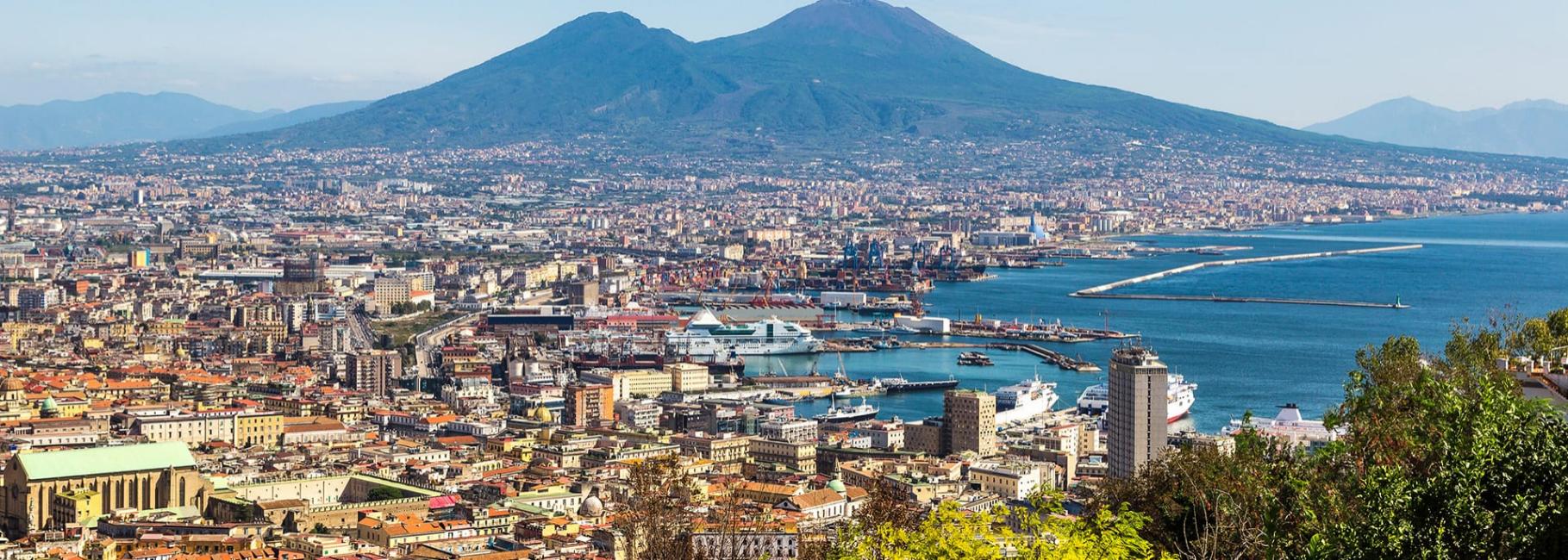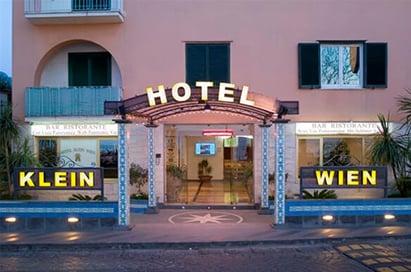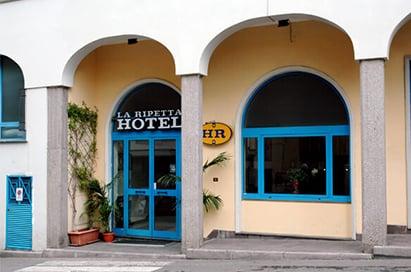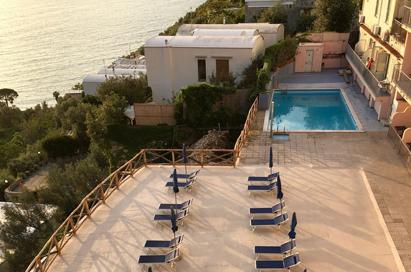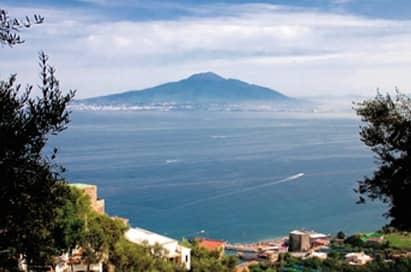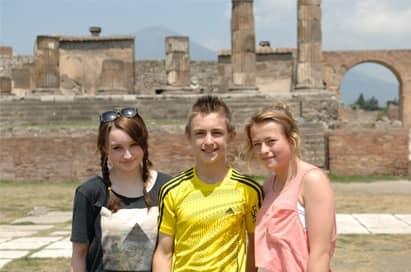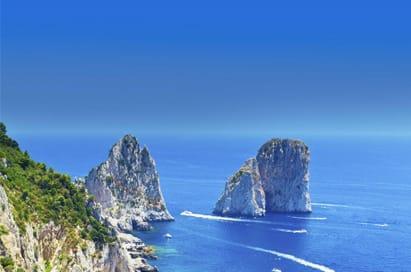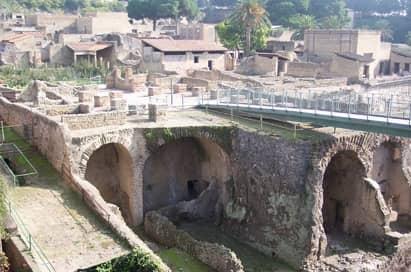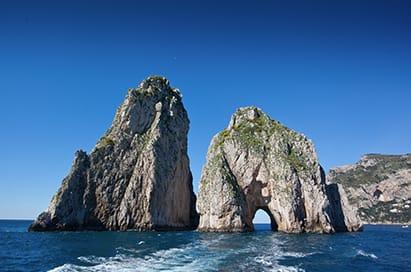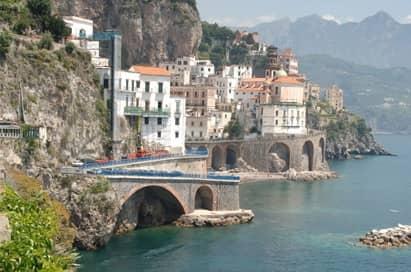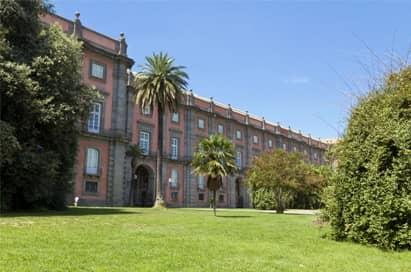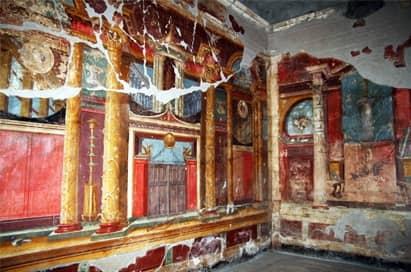Geography Trips to Bay of Naples
The volcanic geology of the Bay of Naples is responsible for some of the most spectacular scenery in Italy and is a great example of an environment defined by physical processes and the threat of natural disaster.
Home to Mount Vesuvius, one of Europe’s only active volcanos, the spectacular cliffs of the Sorrentine peninsula and Caves of Capri, it is an ideal place to explore the themes of hazard management, plate tectonics and other core geography topics. Indeed the area is home to several world-renowned geological wonders, whose accessibility make it the perfect destination for a geography study trip.
Curriculum Topics Key Stage 4
- Tectonic Hazards
- Content of the World Around Us
Curriculum Topics Key Stage 5
- Coastal Landscapes and Change
- Tectonic Processes and Hazards
Prices start from£599pp
Popular itinerary
Our sample itinerary provides you with an idea of the visits you can cover during your trip. We can tailor-make an itinerary to support your specific learning outcomes.
| Morning | Afternoon | Evening | |
|---|---|---|---|
| 1 | Check in to UK airport for flight | Arrive Rome Airport. Guided Walking Tour of Rome including visit to the Colosseum | Transfer to Sorrento, evening meal at hotel |
| 2 | Day trip exploring Pompeii, Herculaneum and Vesuvius | Meal at hotel following by Bowling | |
| 3 | Day Trip to Capri, including hydrofoil from Sorrento, Port funicular and tour of AnaCapri | Pizza Making Workshop | |
| 4 | Visit to Pozzuoli | Transfer to Rome airport for return flight | Arrive UK, onward travel to school |
- 1
- 2
- 3
- 4
| Morning | Check in to UK airport for flight |
|---|---|
| Afternoon | Arrive Rome Airport. Guided Walking Tour of Rome including visit to the Colosseum |
| Evening | Transfer to Sorrento, evening meal at hotel |
| Morning | Day trip exploring Pompeii, Herculaneum and Vesuvius |
|---|---|
| Afternoon | |
| Evening | Meal at hotel following by Bowling |
| Morning | Day Trip to Capri, including hydrofoil from Sorrento, Port funicular and tour of AnaCapri |
|---|---|
| Afternoon | |
| Evening | Pizza Making Workshop |
| Morning | Visit to Pozzuoli |
|---|---|
| Afternoon | Transfer to Rome airport for return flight |
| Evening | Arrive UK, onward travel to school |
Price Shown includes
- Return Air Travel
- 3 nights Half Board Accommodation
- Specialist Group Travel Insurance
- Bespoke itinerary planning service
- Free Place Ratios
- Online trip organiser & Travel App
- 24/7 support whilst you are away
Places to Stay
Bay of Naples
We Make Trip Planning Easy
- Day to day support and advice from our team of travel experts
- Easy-to-view online tour quotation
- Market-leading trip organiser portal, My Tour Manager
- Free Resources and templates to help launch your trip
- Email reminders to keep you on track
- Free and completely personalised Travel App to access your information on the go
- Risk Assessment advice so you can make an informed decision on every tour component
- Teacher Inspection Visits
What you say
Itinerary was varied and interesting. We were able to easily change the day of Vesuvius to allow for better weather and our guide was excellent.
Dartford Grammar School for Girls

